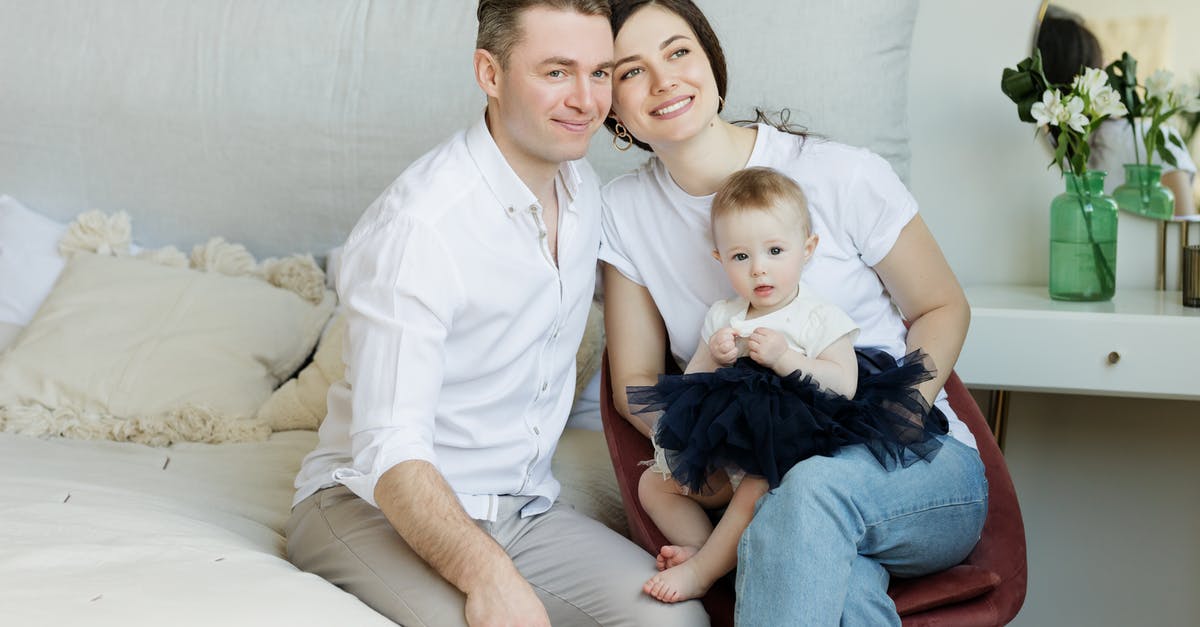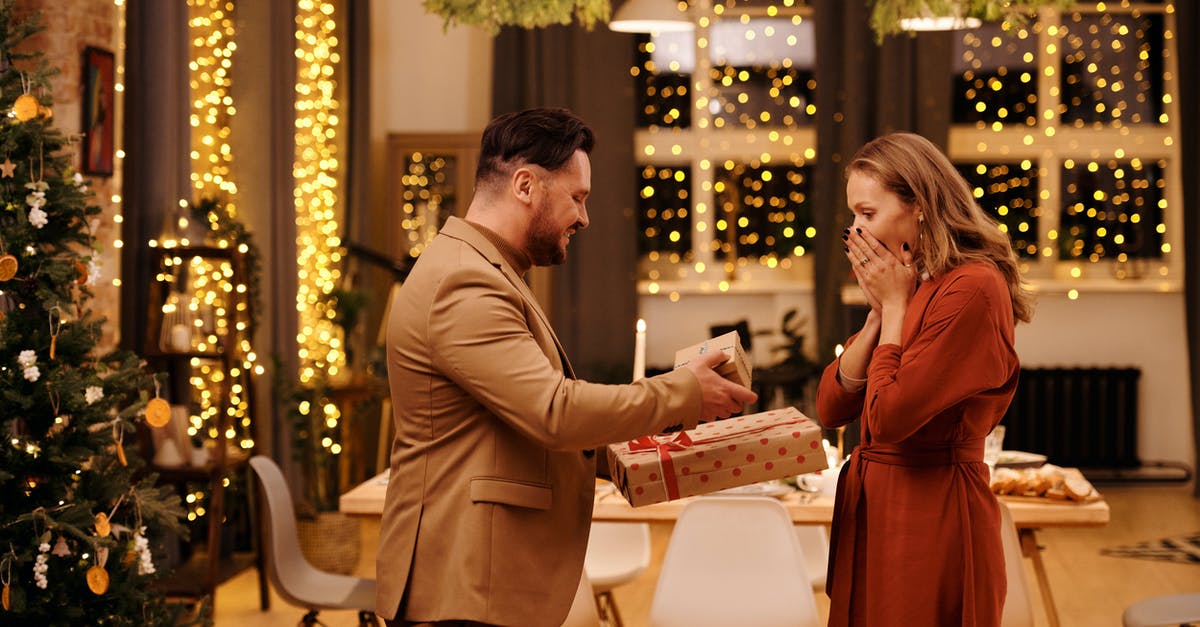In Disney's animated "One Hundred and One Dalmatians", how does a poor couple in 1960s England afford a house maid?

They present the male as a starving artist living alone in a small London apartment with Pongo the dog. Once he meets the female, they cut to them living in a different little "house" (looks more like an apartment) but now with a house maid/cook!
In the "behind the scenes" of this movie, they make a big deal of it being "contemporary" and "realistic" rather than fantasy/set in the past. In other words, it's set in ~1961 when it was released.
Did anyone in the UK actually still (or ever?) have a house maid in a non-mansion setting? It seems very strange to me.
Is it implied that the female is very rich or something? She does seem quite "snobby" initially, before they get together. But if so, why do they move in to such a small and lousy home, and why do they need to sell the puppies so badly? From Cruella's snarky and condescending remarks, I really don't get the feeling that the couple has any significant amount of money/wealth. In fact, they seem hardly better off than before they met and the male was living alone in his very similar apartment with his one dog.
I don't understand how such a poor-ish couple could possibly afford hiring what basically amounts to a full-time servant in London in the early 1960s. Is this possibly explained in the source material but ignored/glossed over for the Disney animated feature?
Best Answer
In the original book, the Dearlys are far from being poor - Mr Dearly is in fact "rather unusually rich" at the start of the story, having used his mathematical wizardry to get rid of the country's National Debt, and being let off of income tax and loaned a house in London by the government in return. Towards the end of the book he manages to solve a new debt for the government, who bestow him an income for life in return (allowing them to buy Hell Hall). The animated Disney movie instead makes Mr Dearly a musician, and translates his two windfalls into the release of two popular songs. The timing doesn't quite line up, as his first hit isn't made until after his marriage, whereas in the book he has become wealthy before the marriage; but the idea is the same, and gives the reason as to why they can afford servants.
Of course, in the book there are two servants - Nanny Cook and Nanny Butler. These two are respectively Mrs and Mr Dearly's old nannies, and have been living with their respective charges and taking care of them (similar to a valet or companion) all their lives. After the Dearlys meet, the two nannies also meet, and they have the idea to retrain as a real Cook and Butler so that they'll be able to manage the household for the Dearlys. By the mid 1950s when the book was published (and is set) such live in servants had "all but disappeared" (https://www.tandfonline.com/doi/pdf/10.1080/09612020100200282) from British life, but the relationships as given in the book show that Nanny Butler and Cook were thought as more as part of the family; the traditional "loyal retainer" role. It seems unlikely that the Dearlys would have hired servants if they hadn't already had the two Nannies, and keeping them on was as much to provide an employment for the Nannies as to have servants to provide for the Dearlys.
As to your question of whether servants were common in non-mansion settings the answer is yes, but not at the time of The Hundred and One Dalmatians. Books like Edith Nesbit's "The Story of the Treasure Seekers" show even supposedly down on their fortune families like the Bastables could afford to keep one servant, though she had to do double duty as cook and housekeeper. That was set around the turn of the century, though.
Pictures about "In Disney's animated "One Hundred and One Dalmatians", how does a poor couple in 1960s England afford a house maid?"



salem ilese – mad at disney (official music video)
More answers regarding in Disney's animated "One Hundred and One Dalmatians", how does a poor couple in 1960s England afford a house maid?
Answer 2
A few generations ago in the USA it was common for rather ordinary people to have part time or full time servants or "help".
When the USA was mostly rural, young rural people had the goal of getting married and having their own households on their own farms, and they needed money for that.
So boys and young men would work as farm hands for other farmers, hoping to save up enough money to buy their own farm someday. And girls and young women would work as domestic servants hoping to save up enough money to contribute to their eventual marriages.
Thus a large proportion of rural men worked as employees of other farmers for part of their lives, and a large proportion of rural women worked as domestic servants for part of their lives.
In the cities boys and young men worked for small or large businesses, often hoping to save up enough money to start their own businesses. Going through the census of Lancaster (city), Pennsylvania, for 1860, 1870, or 1880, I once found a household that - according to the census record - consisted only of children, with the head being a 12-year-old boy who worked in a factory. And girls and young women worked in whatever jobs were considered respectable enough, which often included being a servant.
Here is a picture of the Borden House in Fall River, Massachusetts.
As you can see it is a nice house, but some readers may live in better houses for all I know - I did for several years.
In 1892 the estate of Andrew Jackson Borden was valued at $300,000.00, the equivalent of $20,000,000.00 in 2020, enabling his 2 daughters to live off the estate after Lizzie was acquitted of murdering him.
So Mr. Borden lived frugally for a man of his wealth, but he did have one live in servant, Bridget Sullivan, and I would expect that most of his less wealthy neighbors also did.
I remember visiting my great grandmother in the 1950s and she had a woman companion or servant or nurse or something. When my grandparents lived in the house later they sometimes had a woman come in to do housework. I suspect that the back bedroom where I sometimes slept was designed to be a servant's bedroom.
My parents were not as well-to-do, but I dimly remember that about 1956 or so a woman came to the house every day, to do household chores I guess, so maybe we had a sort of a servant for a while, though I don't really remember.
So my impression is that wealthy, upper middle class, and even middle middle class, Americans commonly employed live-in or walk-in maids or housekeepers as late as the 1950s or 1960s.
The UK had a much stronger class system than the USA, and I expect that upper middle class and middle middle class people expected to be able to afford a servant or two. From what I have read, members of the lower class considered it a step up from their usual status to be a servant in large wealthy household.
I note that Diana, Princess of Wales (1961-1997), the daughter of an Earl, had a number of jobs as a young woman.
She took a series of low-paying jobs; she worked as a dance instructor for youth until a skiing accident caused her to miss three months of work. She then found employment as a playgroup pre-school assistant, did some cleaning work for her sister Sarah and several of her friends, and acted as a hostess at parties. She spent time working as a nanny for the Robertsons, an American family living in London, and worked as a nursery teacher's assistant at the Young England School in Pimlico.
And some of those jobs sound like they could be classified by some people as being sort of a servant.
As the lower economic classes got better off in Britain they became less and less willing to work as servants, and I expect that a smaller and smaller percentage of the population were servants or employed servants as time passed.
But I think that it was still common in the UK about 1960 or so for middle class households to have a full or part time maid or housekeeper.
It is possible that the struggling husband doesn't live on his earnings but on an inheritance which is large enough to get by on, and it is possible the wife has some money from her family.
And maybe the family manages their money foolishly and hires a maid/housekeeper they really can't afford, because when they grew up household servants were more common and affordable for middle class people.
Anyway, any users of the site who actually were middle class British back around 1960, instead of merely having watched a few British movies and TV shows from that era, might be able to give a more accurate description of how realistic the movie is.
Answer 3
The American view of Britain is grossly distorted
It's essential to say that any belief this represented contemporary Britain in 1961 was held only by people who had never lived there. This is a situation shared by a very large number of American-produced movies set in Britain or in mainland Europe. Even films showing the upper classes get the entire concept wrong.
Think The Princess Diaries (series of films from the 2000s). American teenager introduces the stuffy European upper classes to the real world. Erm, except the actual upper classes spend their time dressed like farmers, and in many cases (British royalty in particular here) actually are. They're in touch with reality on a level well away from any American teenager. Of course it wouldn't have been an unreasonable portrayal of European aristocracy in the 1900s - and that's basically how far out of touch Hollywood is with Europe.
That time gap is basically where you are with 101 Dalmatians too. Disney made a film in 1961 with a social structure closer to 1861, with cooks and butlers and so on. It seems odd to you because it's entirely wrong in almost every way.
Don't even get me started on the raccoons and skunks in the live-action remake. But that's a different fail...
Sources: Stack Exchange - This article follows the attribution requirements of Stack Exchange and is licensed under CC BY-SA 3.0.
Images: Trần Long, Anastasiya Gepp, Laker, Nicole Michalou
